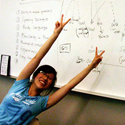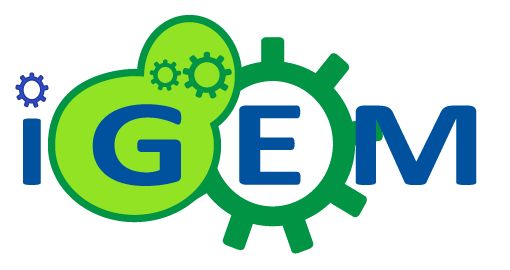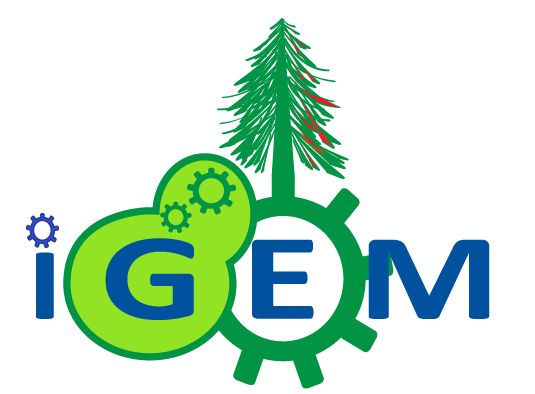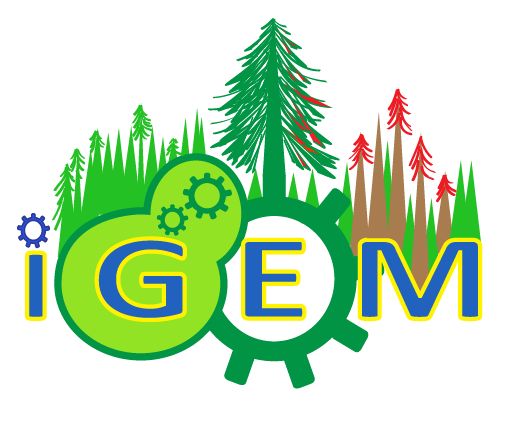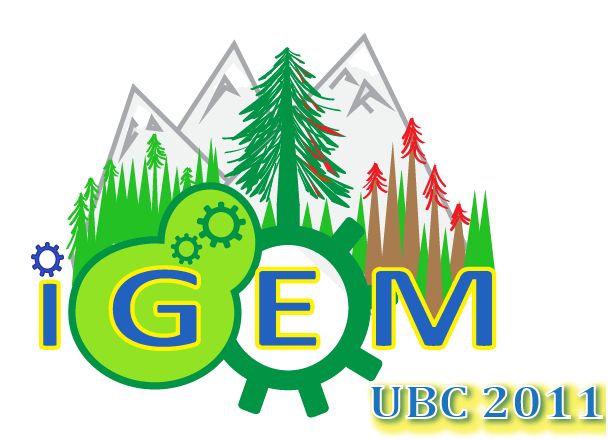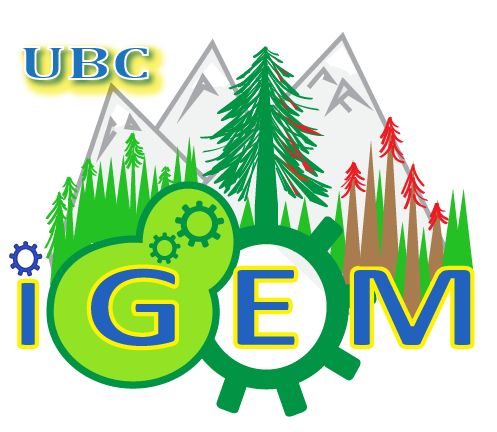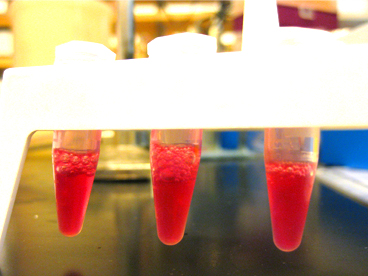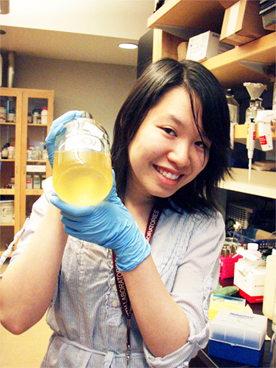Team:British Columbia/Notebook/Week 10
From 2011.igem.org
| Line 13: | Line 13: | ||
Living in the most beautiful place on Earth, with trees, mountains and serenity, it is hard not to be inspired by the scenic beauty of British Columbia, Canada. At the same, Joe wants to illustrate the effects of the mountain pine beetle epidemic on our forests, which is fueled by recent global climate changes. Even a beautiful place like this can't escape these changes, showing how our Earth's ecosystems are ultimately linked. Here is what he has so far... | Living in the most beautiful place on Earth, with trees, mountains and serenity, it is hard not to be inspired by the scenic beauty of British Columbia, Canada. At the same, Joe wants to illustrate the effects of the mountain pine beetle epidemic on our forests, which is fueled by recent global climate changes. Even a beautiful place like this can't escape these changes, showing how our Earth's ecosystems are ultimately linked. Here is what he has so far... | ||
[[File:UBC iGEM logo 1.JPG | thumb | left | 200px | basic iGEM logo]][[File:UBC iGEM logo 2.JPG | thumb | left | 200px | now with trees...]][[File:UBC iGEM logo 3.JPG | thumb | left| 200px | more trees...]][[File:UBC iGEM logo 4.JPG | thumb | left | 200px | with UBC 2011]][[File:UBC iGEM logo 5.JPG | thumb | left | 200px | with mountains...]][[File:UBC IGEM_logo_6.JPG | thumb | left | Image A]][[File:UBC IGEM_logo_7.JPG | thumb | left | Image B]] | [[File:UBC iGEM logo 1.JPG | thumb | left | 200px | basic iGEM logo]][[File:UBC iGEM logo 2.JPG | thumb | left | 200px | now with trees...]][[File:UBC iGEM logo 3.JPG | thumb | left| 200px | more trees...]][[File:UBC iGEM logo 4.JPG | thumb | left | 200px | with UBC 2011]][[File:UBC iGEM logo 5.JPG | thumb | left | 200px | with mountains...]][[File:UBC IGEM_logo_6.JPG | thumb | left | Image A]][[File:UBC IGEM_logo_7.JPG | thumb | left | Image B]] | ||
| - | <br><br><br><br><br><br><br><br><br><br><br><br><br> | + | <br><br><br><br><br><br><br><br><br><br><br><br><br><br><br><br><br><br><br><br><br> |
| + | |||
==1,8-Cineole== | ==1,8-Cineole== | ||
[[File:ubcigemrfp.jpg | thumb | right | 200px | pSB1C3 overnight culture]] | [[File:ubcigemrfp.jpg | thumb | right | 200px | pSB1C3 overnight culture]] | ||
Revision as of 18:50, 10 August 2011

 |
 |
 |
 |
 |
Contents |
Lab Meeting - August 8
Today, we mostly discussed fundraising. We came up with a list of potential sponsors; each member is responsible for contacting their assigned sponsor. We need money!
Laura gave a very detailed update on her ideas for human practices, which includes videos, and a presentation at Science World.
UBC iGEM Logo
Joe is waiting for his primers to come. In the mean time, he is working on this year's iGEM logo on Adobe Illustrator. Living in the most beautiful place on Earth, with trees, mountains and serenity, it is hard not to be inspired by the scenic beauty of British Columbia, Canada. At the same, Joe wants to illustrate the effects of the mountain pine beetle epidemic on our forests, which is fueled by recent global climate changes. Even a beautiful place like this can't escape these changes, showing how our Earth's ecosystems are ultimately linked. Here is what he has so far...
1,8-Cineole
Jacob, now armed with what he believes are two versions of fully SDM'd 1,8-cineoles (still no sequencing results), decided to come in on the weekend and use PCR to add restriction sites to the ends of his genes, ligate his genes onto suitable plasmids, and grow these constructs in E. coli. If everything worked perfectly, he could present some satisfying results at the Monday meeting, but nothing ever seems to work perfectly. There were several setbacks.
The PCRs for preparing both synthase genes (pg-tps-cin and pgxe-tps-cin) for biobricks and 415 PAG GPD and GAL (both his-tagged and not) worked well, with the exception of the pg-tps-1,8-cineole for the biobrick. As a side note, Jacob ran duplicates of each reaction, one with 0.5 uL added magnesium per 50 uL reaction, and one without. Only the ones with magnesium showed any product in the resulting gel.
Next came the ligations. Vicki prepared new pSB1C3 due to our previous stocks' odd behaviour (which included empty tubes that seemed to produce ligations and tubes that ran on gels in two pieces without being cut), and cut it with ECORI and PSTI to visualize it on a gel. The gel showed bands at the correct lengths (~1000bp) (Besides, the overnight culture turned pink/red - what else could it be if not pSB1C3 with RFP in it!). Jacob used some of this cut product for the biobrick ligation, along with ECORI and PSTI cut pgxe-tps-cin.
Preparing the ligation products for the yeast shuttle plasmid was a bit harder. The restriction sites added to the end of the synthases were SMAI and NOTI, the former of which only works in NEB buffer 4 at 25°, while the latter only had a 25% effectiveness in NEB buffer 4, and worked best at 37°. Jacob felt there was not enough product for a sequential digest, so he used NEB buffer 4 and let it sit at 25° for an hour then 37° for an hour.
The biobrick was prepared by ligating the pSB1C3 with the synthases using T4 ligase, then transformed. The ligations for the yeast parts would have taken too long, so Jacob waited until the next day for the shuttle vector ligations.
The first biobrick ligation transformations were a failure.
The second biobrick ligation transformations were a success! That is to say, there were colonies, and they were not expressing the RFP protein. Overnight cultures of the three present colonies showed that two had the RFP gene, but one did not.
The eventual transformations of the synthases on 415 PAG GPD and GAL grew colonies, but they are of dubious quality. The plates used supported colonies on the negative control plate, which had only competent cells. This raised the question of whether there was a problem with the plates or the cells themselves, and Jacob is running tests to check.
CPCRs of the 415 GPD and GAL ligation transformants showed that some of the colonies had the synthases, and some did not.
beta-Pinene
Vicki's plates from last week (2 days ago) had transformants on every plate!! (She should not have had colonies on her negative control. Something is wrong. Just in case, she runs a cPCR on a few colonies for each of her treatment plates. Gel verification shows bands at the incorrect length (~2000bp when she expects ~1000bp); there is even a lane in the water control! She decides to throw out the water and make a new aliquot. It appears that there is something wrong with the competent cells (as Jacob mentions above) - some of the cells are ampicillin resistant (but not all as we do not see a lawn of cells on the plates). Oh no...
Not yet feeling defeated, Vicki re-dos her ligations and transformations for assembling of the yeast plasmid with original and SDM synthases with and without his-tag on the GPD promoter.
After a talk with our graduate advisor, Alina, Vicki decides to prioritize due to lack of time and money. Hence, she will only assemble the yeast construct that contains the original+no-his-tag pinene synthase.
 "
"








